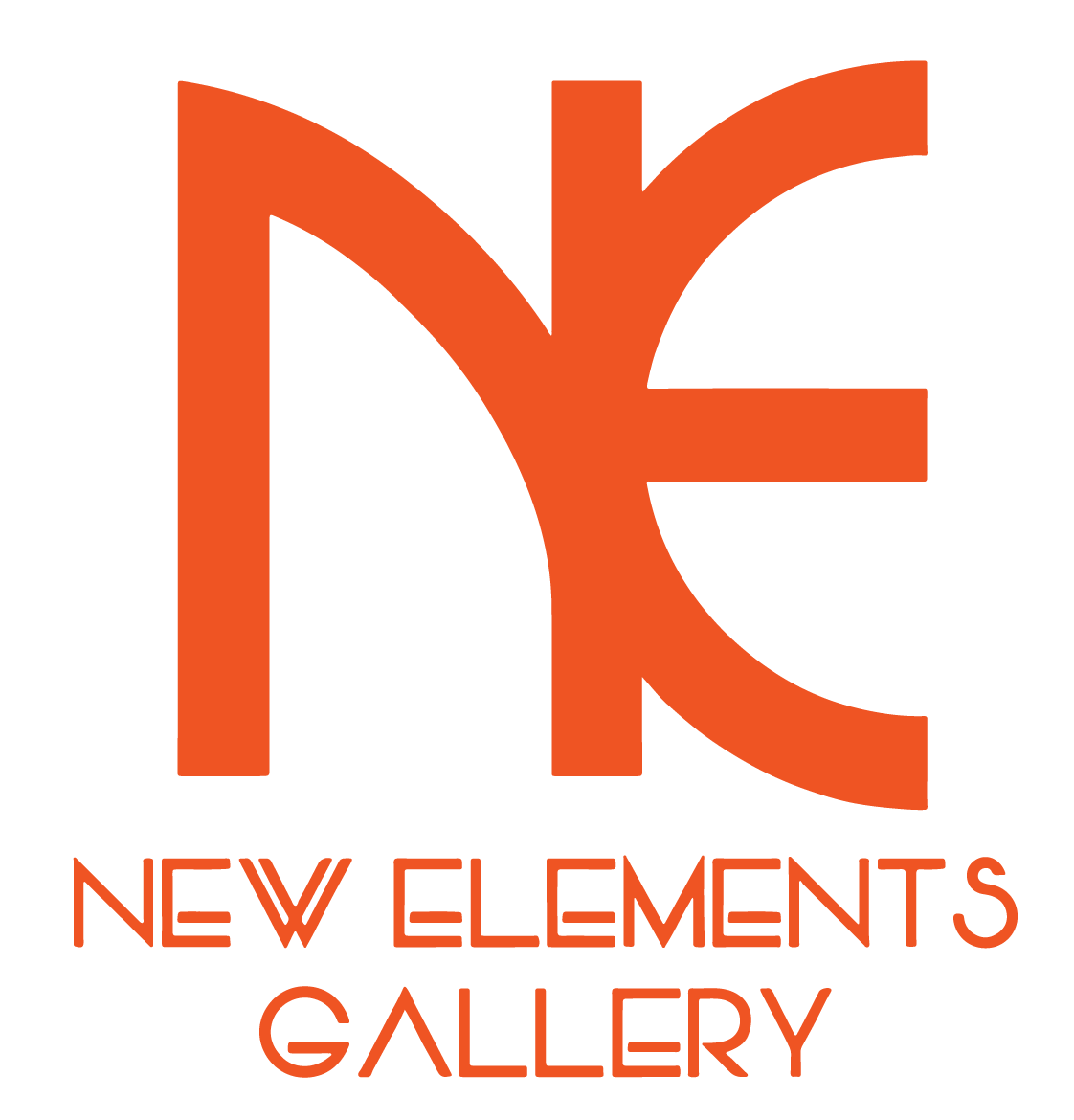To combat the stigma and shame directed at the queer community, human rights activist, author, lecturer, and San Franciscan Cleve Jones asked fellow activists to record the names of friends, partners, and family members who had lost their lives to AIDS on placards. When laid side by side, the cards resembled a quilt. This sparked a vision for a larger memorial: the NAMES Project AIDS Memorial Quilt, a community arts project. The first panel of the quilt was made in memory of Marvin Feldman, Cleve Jones Friend. The community itself would become the artist—not one person could complete this masterpiece alone. It would take an abundance of love, hurt, healing, and collective effort to bring it to life.
As public awareness of the project grew, fabric panels measuring three by six feet—each commemorating a life lost to AIDS—began arriving at the San Francisco workshop in increasing numbers. For two years, Cleve Jones and friends pushed on in their efforts, and by October 11th, 1987, they had all the pieces they needed to assemble the quilt: 1,920 panels representing the lives of loved ones lost, 48 volunteers to assemble the quilt, and 500,000 visitors. As daylight broke in D.C. on the National Mall, the quilt was rolled out, and each name on every panel was read aloud. The public reaction was one of love and embrace.
The following spring and summer, the quilt hit the road, traveling to 20 cities around the nation. By the end of its first tour, the NAMES Project AIDS Memorial Quilt had more than tripled in size and raised half a million dollars! Love and support were on a roll and not planning to slow down anytime soon.
A year after its first debut, the quilt returned to D.C. in October 1988, this time more than four times its original size, with over 8,000 panels—and the momentum was only just beginning. The first World AIDS Day was established December 1st, 1988. The quilt became an international project, visiting eight countries across six continents and sparking 20 other countries to launch similar community arts projects. Each year, the Quilt grew larger—and so did the community behind it. To this day, names continue to be added, each one honored.
While we often celebrate art in museums, behind glass and under spotlights, we sometimes forget that some of the most profound works of art are made by communities—born from a common grief, stitched with love, and driven by the need to heal. The AIDS Memorial Quilt is one of those masterpieces. It is thanks to the courage and perseverance of Cleve Jones, the queer community, and the AIDS Memorial Quilt that stigma was shattered, awareness was raised, dignity was restored, and people were given a tool to heal.
